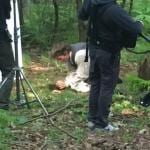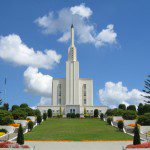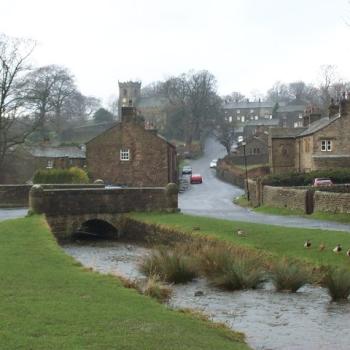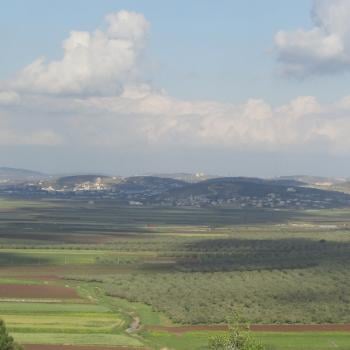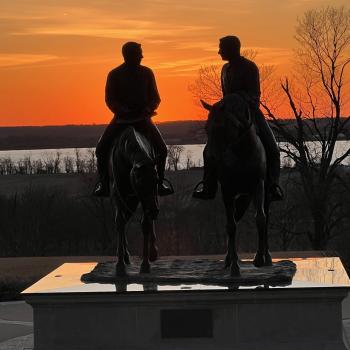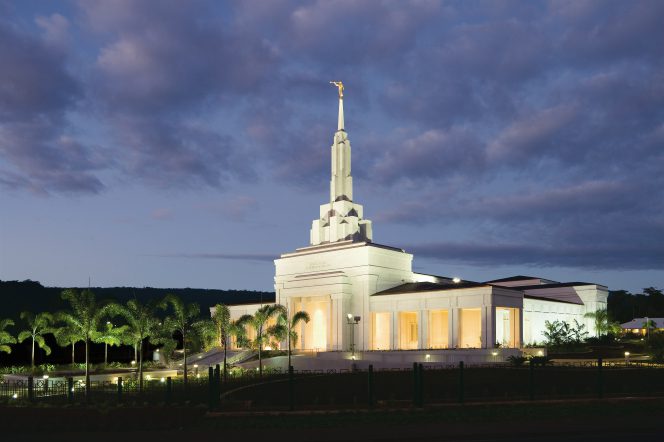
“Temple Themes in the Book of Abraham,” written by Stephen O. Smoot
Abstract: The Book of Abraham is replete with temple themes, although not all of them are readily obvious from a surface reading of the text. Temple themes in the book include Abraham seeking to become a high priest, the interplay between theophany and covenant, and Abraham building altars and dedicating sacred space as he sojourns into Canaan. In addition to these, the dramatic opening episode of the Book of Abraham unfolds in a cultic or ritual setting. This paper explores these and other temple elements in the Book of Abraham and discusses how they heighten appreciation for the text’s narrative and teachings, as well as how they ground the text in an ancient context.
[Editor’s Note: This article is an updated and edited version of a paper presented on November 5, 2022, at The Temple on Mount Zion: The Sixth Interpreter Matthew B. Brown Memorial Conference. A slightly different version of this article will appear in the formal published proceedings of the conference, currently in preparation.]
“Interpreting Interpreter: Abrahamic Temple Themes,” written by Kyler Rasmussen
This post is a summary of the article “Temple Themes in the Book of Abraham” by Stephen O. Smoot in Volume 60 of Interpreter: A Journal of Latter-day Saint Faith and Scholarship. All of the Interpreting Interpreter articles may be seen at https://interpreterfoundation.org/category/summaries/. An introduction to the Interpreting Interpreter series is available at https://interpreterfoundation.org/interpreting-interpreter-on-abstracting-thought/.
The Takeaway: Smoot argues that the Book of Abraham contains subtle temple-related themes, including Abraham’s role of high priest, Abraham’s theophany and covenant experiences, Abraham’s description of altars and sacred space, and in the figures included in Facsimile 2.
“The Covenant Path in 2 Nephi 31:19–20,” written and presented by Jeffrey M. Bradshaw
I have heard people say that the Book of Mormon does not contain the fulness of the Gospel because the only references to the higher temple ordinances are short and superficial. However, a careful examination of the writings of Nephi and Lehi, including the well-known verses of 2 Nephi 31:19–20, will reveal that the Book of Mormon prophets were familiar with the details of the doctrine of Christ and the covenant path from start to finish. This post is an expanded version of an eleven-minute video devotional given to the Collections Zone of the Salt Lake City Headquarters Mission on 1 February 2024.
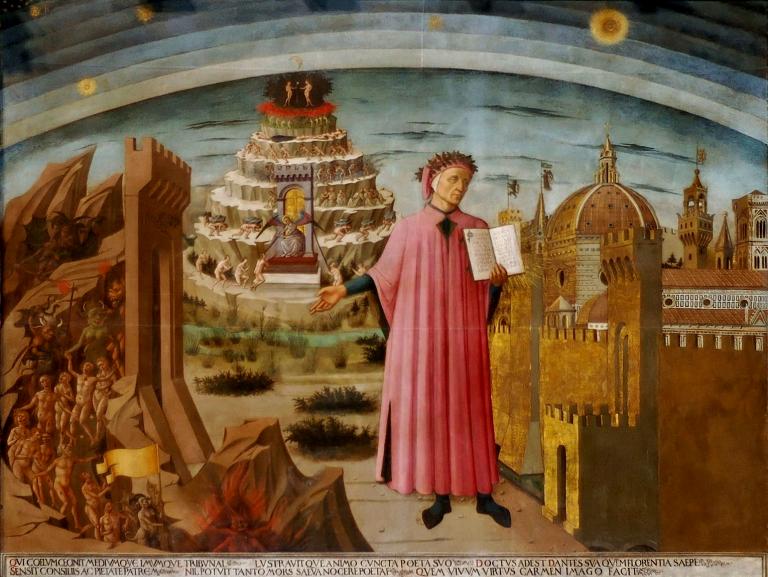
In honor of the solemn holiday that we celebrate today, I give you a link to “Phil Connors’ Purgatorio”
I haven’t actually heard any news yet about Punxsutawney Phil’s prediction for Winter 2024. Of course, given where I’m currently located, I don’t really care what he had to say.
However, I’m happy to note, a political controversy is brewing about Groundhog Day. (Is there any part of our lives that shouldn’t be politicized? It seems not. And, anyway, couldn’t we all really use a bit more factionalism?) So this story needs to be monitored. It’s too late to make a change for 2024, but maybe we can already begin thinking about 2025: “Is it time for Punxsutawney Phil to retire? PETA proposes a coin toss for Groundhog Day tradition: In a letter to the Punxsutawney Groundhog Club, PETA urges the group to cease the exploitation of the animal”
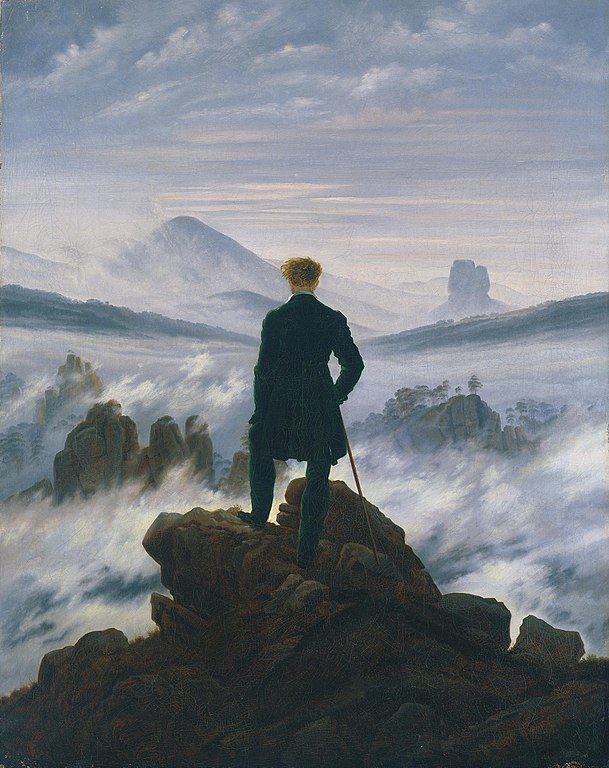
I’ve written several posts recently — and I’m not yet done with the topic — about what is sometimes called “ESP” — extrasensory perception (e.g., telepathy, clairvoyance or remote viewing, and similar matters). In that light, I think that some of you might find this 52.5-minute interview, conducted by Dr. Jeffrey Mishlove, of interest: “Remote Viewing and Mormon Metaphysics, with Paul H. Smith”
Paul H. Smith (PhD in philosophy, University of Texas at Austin, focused on philosophy of mind, consciousness, philosophy of science, and philosophy of parapsychology; preceded by a BA in Middle Eastern Studies from Brigham Young University and an MS in Strategic Intelligence [Middle East emphasis] from the Defense Intelligence University), has served twice as president of the International Remote Viewing Association, an organization of which he is a founder. A veteran of Operation Desert Storm and a former Army intelligence officer (he reached the rank of Major), he served for seven years in the military’s top-secret remote viewing program, serving as an operational remote viewer, theory instructor and trainer, security officer, and unit historian. He is author of Reading the Enemy’s Mind: Inside Star Gate, America s Psychic Espionage Program and The Essential Guide to Remote Viewing. He currently serves as president and chief trainer for Remote Viewing Instructional Services. His website is https://rviewer.com/. Here he shares his unique perspective as a committed member of the Church of Jesus Christ of Latter-day Saints as well as a teacher of remote viewing. He points out that there has been very little conflict between these two roles. Latter-day Saint metaphysics has a strong materialist component. Additionally, Latter-day Saint doctrine is that the soul extends infinitely throughout all time. Latter-day Saints do not accept reincarnation. However, they believe we will be resurrected in an immortal physical body. New Thinking Allowed host, Jeffrey Mishlove, PhD, is author of The Roots of Consciousness, Psi Development Systems, and The PK Man. Between 1986 and 2002 he hosted and co-produced the original Thinking Allowed public television series. He is the recipient of the only doctoral diploma in “parapsychology” ever awarded by an accredited university (University of California, Berkeley, 1980).
To a large extent, Paul’s interview with Dr. Mishlove focuses on explaining relevant Latter-day Saint doctrine to the interviewer, who admits that he knows little about it, and to an audience that presumably, on the whole, knows just as little, attempting to make the point that accepting the reality of such alleged phenomena as “remote viewing” is compatible with Latter-day Saint ideas and does not conflict with orthodox membership in the Church.
Posted from Ko Olina, O’ahu, Hawai’i


